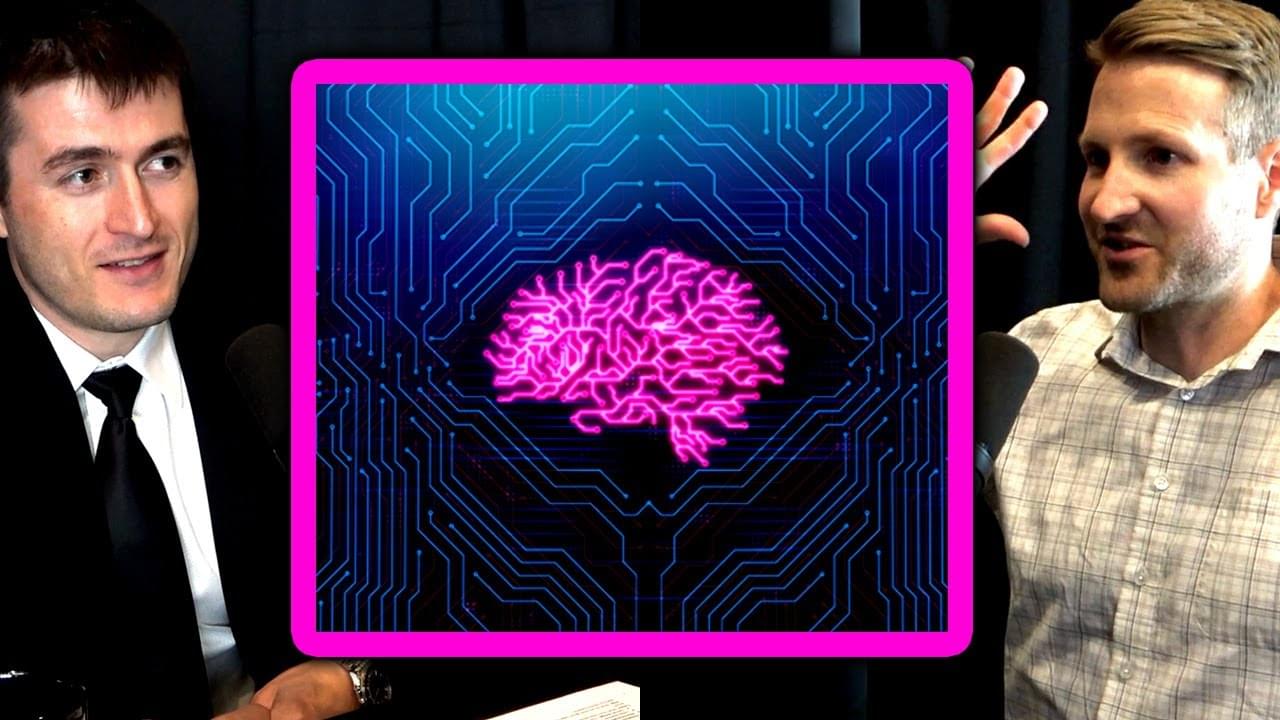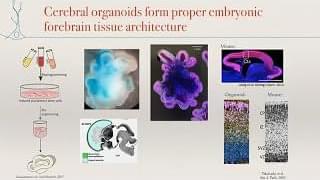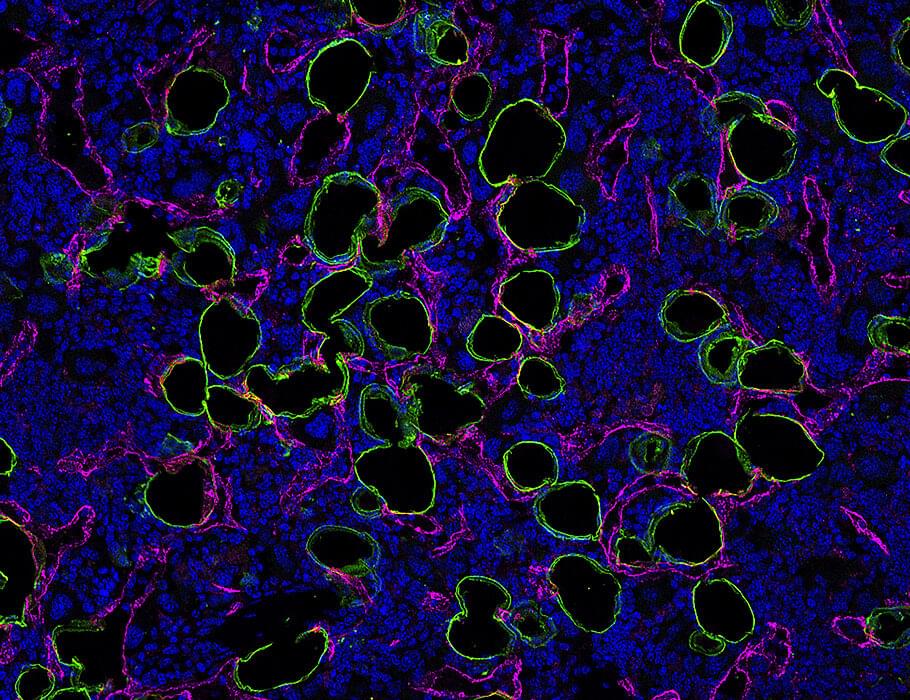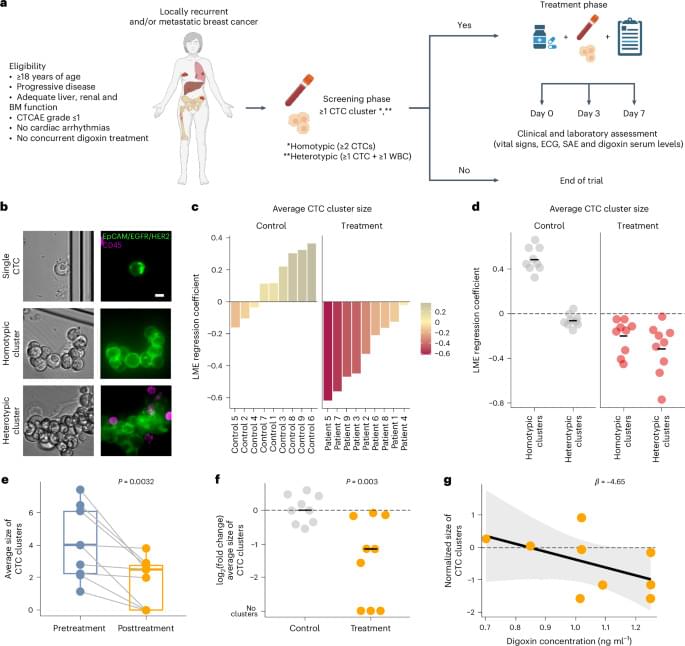Dario Amodei argues we must limit China’s access to AI chips so we can live under all powerful American-owned AI as opposed to all powerful Chinese-owned AI.
What if time didn’t just move forward? Scientists have uncovered something astonishing in a recent quantum physics experiment — the existence of ‘negative time.’ This mind-bending discovery defies conventional logic, suggesting that particles may not follow the rules we thought were unbreakable.
Lex Fridman Podcast full episode: https://www.youtube.com/watch?v=EwueqdgIvq4
Please support this podcast by checking out our sponsors:
- Stripe: https://stripe.com.
- Codecademy: https://codecademy.com and use code LEX to get 15% off.
- Linode: https://linode.com/lex to get $100 free credit.
- BetterHelp: https://betterhelp.com/lex to get 10% off.
GUEST BIO:
Jeffrey Shainline is a physicist at NIST working on. Note: Opinions expressed by Jeff do not represent NIST.
PODCAST INFO:
Podcast website: https://lexfridman.com/podcast.
Apple Podcasts: https://apple.co/2lwqZIr.
Spotify: https://spoti.fi/2nEwCF8
RSS: https://lexfridman.com/feed/podcast/
Full episodes playlist: https://www.youtube.com/playlist?list=PLrAXtmErZgOdP_8GztsuKi9nrraNbKKp4
Clips playlist: https://www.youtube.com/playlist?list=PLrAXtmErZgOeciFP3CBCIEElOJeitOr41
SOCIAL:
- Twitter: https://twitter.com/lexfridman.
- LinkedIn: https://www.linkedin.com/in/lexfridman.
- Facebook: https://www.facebook.com/lexfridman.
- Instagram: https://www.instagram.com/lexfridman.
- Medium: https://medium.com/@lexfridman.
- Reddit: https://reddit.com/r/lexfridman.
- Support on Patreon: https://www.patreon.com/lexfridman
We often see stories of invincible warriors with superhuman abilities combating monstrous threats, but are the days of super soldiers nearly upon us, and could they be the biggest threat of all?
Go to https://buyraycon.com/isaacarthur for 15% off your order! Brought to you by Raycon.
Join this channel to get access to perks:
/ @isaacarthursfia.
Visit our Website: http://www.isaacarthur.net.
Join Nebula: https://go.nebula.tv/isaacarthur.
Support us on Patreon: / isaacarthur.
Support us on Subscribestar: https://www.subscribestar.com/isaac-a… Group: / 1,583,992,725,237,264 Reddit:
/ isaacarthur Twitter:
/ isaac_a_arthur on Twitter and RT our future content. SFIA Discord Server:
/ discord Credits: Super Soldiers Science & Futurism with Isaac Arthur Episode 381a, February 12, 2023 Written, Produced & Narrated by Isaac Arthur Editors: Briana Brownell David McFarlane Lukas Konecny Music Courtesy of Epidemic Sound http://epidemicsound.com/creator.
Facebook Group: / 1583992725237264
Reddit: / isaacarthur.
Twitter: / isaac_a_arthur on Twitter and RT our future content.
SFIA Discord Server: / discord.
Credits:
Super Soldiers.
Science & Futurism with Isaac Arthur.
Episode 381a, February 12, 2023
Written, Produced & Narrated by Isaac Arthur.
Editors:
Briana Brownell.
David McFarlane.
Lukas Konecny.
Music Courtesy of Epidemic Sound http://epidemicsound.com/creator
(Q&A — 46:21) Madeline Lancaster, PhD presents her paper as published in the July 10, 2020 issue of Science. [Show ID: 36720]
Please Note: Knowledge about health and medicine is constantly evolving. This information may become out of date.
More from: Breaking News in Stem Cells: Southern California Stem Cell Seminar Series.
(https://www.uctv.tv/stem-cell/stem-cell-seminar/)
More from: Stem Cell Channel.
(https://www.uctv.tv/stem-cell)
Explore More Health & Medicine on UCTV
(https://www.uctv.tv/health)
UCTV features the latest in health and medicine from University of California medical schools. Find the information you need on cancer, transplantation, obesity, disease and much more.
Explore More Science & Technology on UCTV
Now scientists believe they have made a breakthrough by creating implantable patches composed of beating heart muscle that can help the organ contract.
Prof Ingo Kutschka, the co-author of the work from University Medical Center Göttingen in Germany, said: “We now have, for the first time, a laboratory grown biological transplant available, which has the potential to stabilise and strengthen the heart muscle.”
The patches are made from cells taken from blood and “reprogrammed” to act as stem cells, which can develop into any cell type in the body.
GAINESVILLE, Fla. — As humans age, we develop chronic inflammation in our blood and tissues that gradually decreases the function of blood stem cells in our bone marrow. These defects harm blood cell production and the immune system, often leading to a slew of complications and weakening responses to chemotherapy.
Now, UF Health Cancer Center researchers have discovered a way to prevent this inflammation, called “inflammaging,” by systemically targeting a protein. The findings in mice, published Jan. 3 in Science Immunology, could pave the way for therapies aimed at preserving an aging blood system, with implications for cancer treatments and aging-related diseases, including anemias, infections, and blood cancers.
“We set out to determine if we could fully preserve and rejuvenate blood stem cell function during the course of aging, a goal that had remained largely elusive so far,” said Jason Butler, Ph.D., a professor and vice chief of research in the UF Division of Hematology and Oncology and a member of the UF Health Cancer Center, who led the new study.
Breast cancer is the most diagnosed cancer among women globally1. In the past decade, multimodal approaches and innovative therapies have transformed the outlook of this lethal disease, leading to gains in patient survival2. Despite these advances, nearly 685,000 women die of breast cancer each year worldwide1, largely due to the development of incurable distant metastases to vital organs3. In this context, a potentially critical factor may lie within the underlying principles of most anticancer drugs. Standard-of-care treatments are typically developed on the basis of their cytotoxic activity and are not necessarily designed to interfere with metastasis-relevant mechanisms4,5. Consequently, there is an intriguing yet uncharted opportunity for the development of metastasis-targeted agents that disrupt the causes of metastasis themselves4,5.
Circulating tumor cells (CTCs) are living cells that are shed from both primary and metastatic lesions into the bloodstream, acting as metastatic pioneers6. The presence of CTCs has been firmly established to be predictive of poor prognosis in patients with breast cancer7. Recent studies by us and others demonstrated that clusters of CTCs, defined as multicellular aggregates of cancer cells alone (homotypic) or in liaison with immune cells (heterotypic), have a substantially higher metastatic capacity and a stronger association with a poor prognosis than single CTCs8,9,10. Preclinical studies further revealed unique biological properties and vulnerabilities of these clusters, such as stem-like and proliferation features dependent upon cell–cell adhesion integrity8,11. A screen with 2,486 US Food and Drug Administration-approved drugs demonstrated that Na+/K+ ATPase inhibitors, such as cardiac glycosides, effectively dissolve CTC clusters into single cells, leading to metastasis suppression in mouse models of breast cancer11. Consequently, the Digoxin Induced Dissolution of CTC Clusters (DICCT) trial has been set up as a multicentric, prospective, first-in-human proof-of-concept, single-arm, therapeutic exploratory phase 1 study aimed to examine whether the Na+/K+ ATPase inhibitor digoxin could disrupt CTC clusters in patients with metastatic breast cancer at dose levels that are safe and well tolerated (NCT03928210; DICCT/Swiss-GO-07).
The primary objective of the study was to assess the effect of digoxin on CTC cluster size in patients with metastatic breast cancer. Of note, the size of CTC clusters, rather than their general abundance, best reflects cluster-dissolution properties. Secondary objectives included the effect of digoxin on the overall abundance of CTC clusters, the kinetics of CTC cluster dissolution and the dose–response relationship of the effect. Patients aged 18 years or older with locoregionally recurrent or metastatic breast cancer with progressive disease not amenable to treatments with curative intent were eligible for study inclusion. A total of 58 patients were screened by means of peripheral blood sampling and CTC cluster assessment. Of these, 11 patients resulted positive for CTC clusters at baseline, were enrolled in DICCT and received digoxin at 0.125–0.250 mg per day (intention-to-treat population) (Fig. 1a).









